Sites to Save
Announcing our 2025 Sites to Save List!
The Sites to Save list highlights properties that are historically significant and endangered in the Williamson County area because of age, condition, and/or potential development. The list is designed to help the community join the Heritage Foundation in its efforts to raise awareness of significant historic, cultural, geographical, and archaeological resources, including buildings, structures, cemeteries, historic districts, archaeological sites, and natural and cultural landscapes. This year’s list includes specific properties in Franklin, Leiper’s Fork and Nolensville and architectural elements across Williamson County.
Williams-Fitzhugh-Gooch Home
WHY: Located in Nolensville, this home pre-dates the Civil War with connections to the founder of Nolensville. Despite being within the boundaries of the Historic Home District the property has come under threat twice within the past six months for demolition.
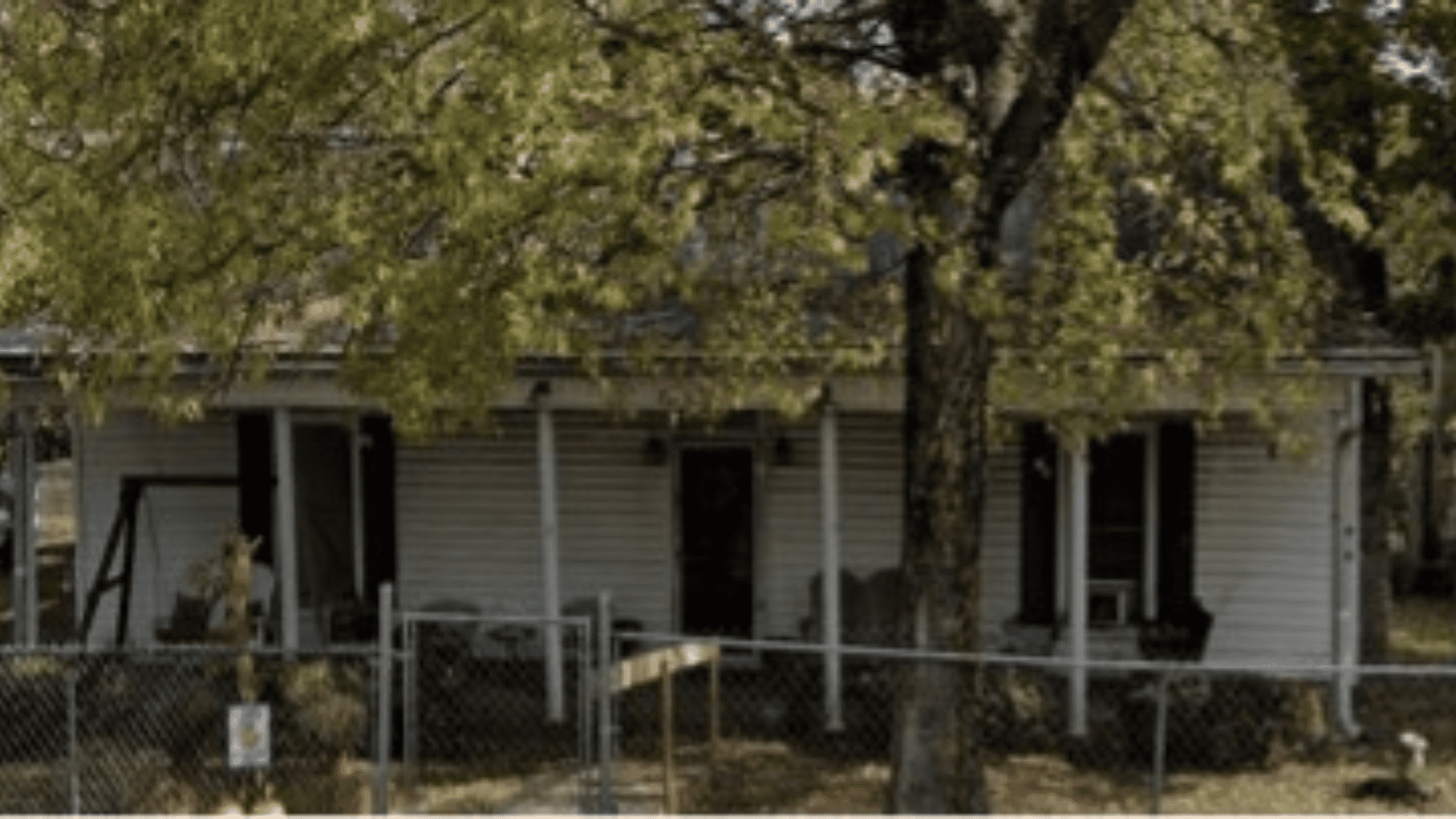
Fitszburg-Dotson-Dodson Home
WHY: Located in West Harpeth, the structure also known as the John Neely House was built around 1810 using bricks crafted from the Neely’s enslaved population. The home has been altered through the years, but it maintains the original rare hall-parlor floor plan and has been on the National Register of Historic Places since 1988.
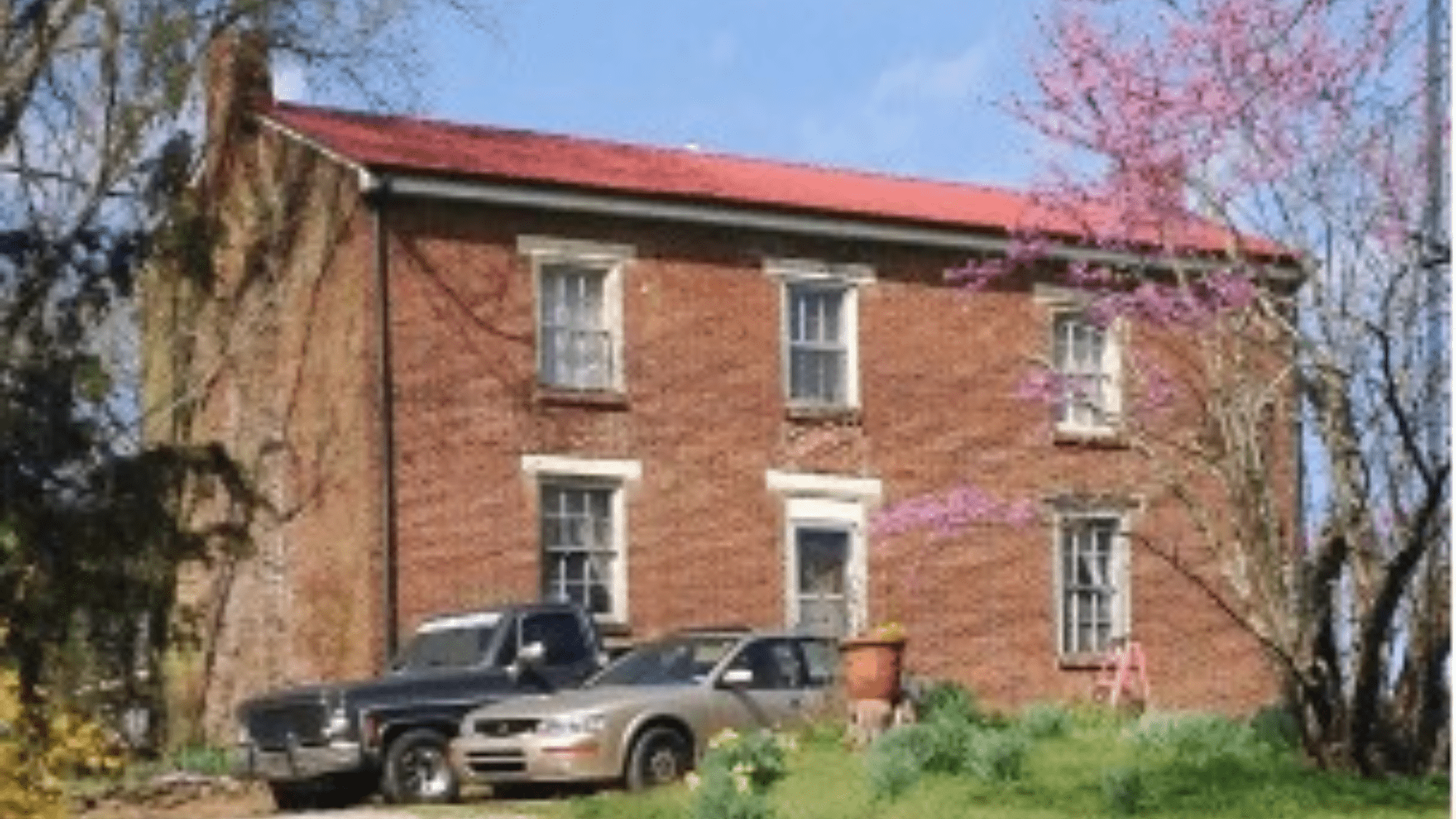
Beechwood Hall
WHY: Located in Leiper’s Fork, Beechwood Hall has been an ongoing effort in Williamson County preservation. Its architecture and connections to musicians such as Hank Williams are only part of its legacy. Though it has fallen into disrepair over the last 30 years, the property has stabilized under the current owner. However, the long-term fate is unknown if ownership happened to change hands.

Williamson County Dry Stack Stone Walls
WHY: These walls are a defining feature of the Tennessee landscape that are not protected by any kind of historic preservation ordinance. With rapid development, many are being lost simply because people don't understand their significance.

Hiram Lodge #7 Franklin Masonic Hall
WHY: A National Historic Landmark building in the heart of downtown Franklin, the Masonic Hall is the oldest three-story building in Franklin and is the earliest significant Gothic Revival building in Tennessee. It is the oldest continually operating Masonic fraternity in the state. The Masonic fraternity known as Hiram Lodge No. 7 of Free and Accepted Masons was charted in 1809.
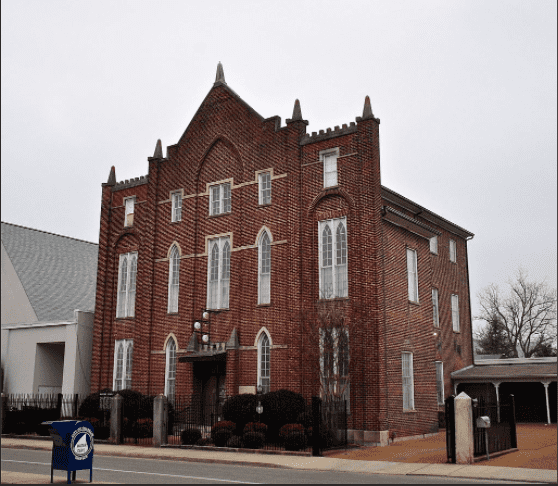
Daniel McMahon House
WHY: This home is a two-story frame and log residence located on the Franklin First United Methodist Church property near Franklin Road and Mack Hatcher. The home was built around 1812 and was the farm of Revolutionary War veteran Daniel MacMahon, one of the county’s earliest settlers. The current concerns for the home are water damage, mold, and other issues. The Heritage Foundation team is encouraged by recent conversations with church leadership.
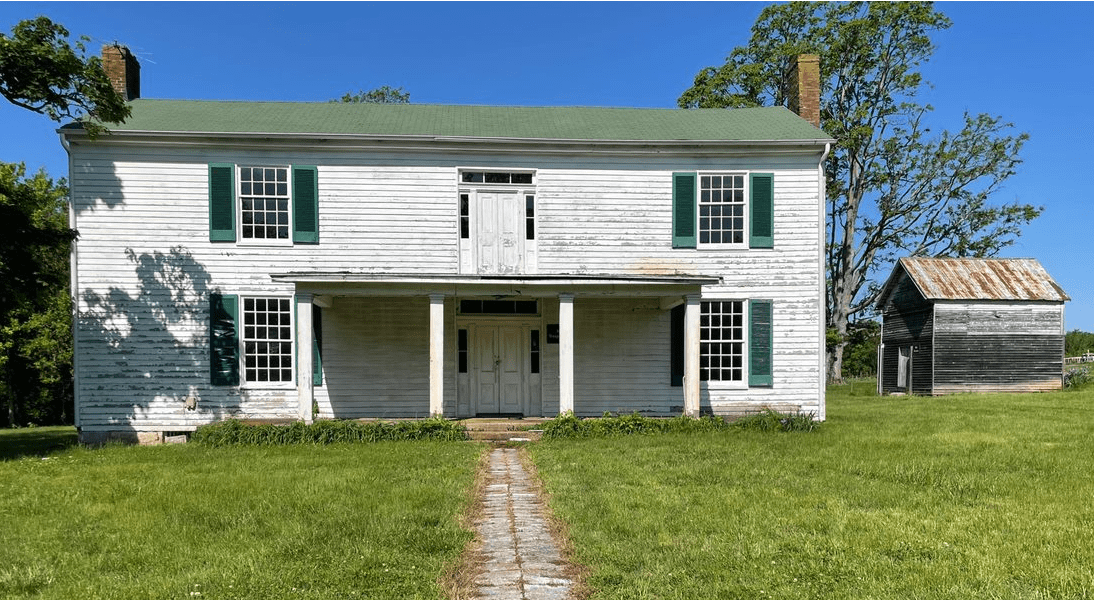
Williamson County Cemeteries (Nolensville, Mallory Cemetery, Thompson-Boxley Cemetery)
WHY: Intimate family cemeteries are abundant in Tennessee and an important feature of the state's landscape. The legacy they hold, Williamson county’s pioneers, early settlers, leaders, etc. offers a chance for community members and visitors from far and wide a chance to reflect on the past and look towards the future. Raising awareness for their deteriorating conditions and how to help them is crucial to their survival.

Historic Grocery/General Stores (Beard’s Grocery and Overby’s General Store)
WHY: Local general stores and grocery stores used to be the heart of Williamson County communities—contributing as voting offices, public hearing spaces, and news sources. While Beard’s Grocery has been restored and still remains active today, many of these places—like Overby’s General Store—sit abandoned and left unloved. Through the preservation efforts of dedicated owners (like the family that owns Beard’s Grocery), the local community and the Heritage Foundation of Williamson County, these sites can be saved and repurposed while still carrying on their legacy.
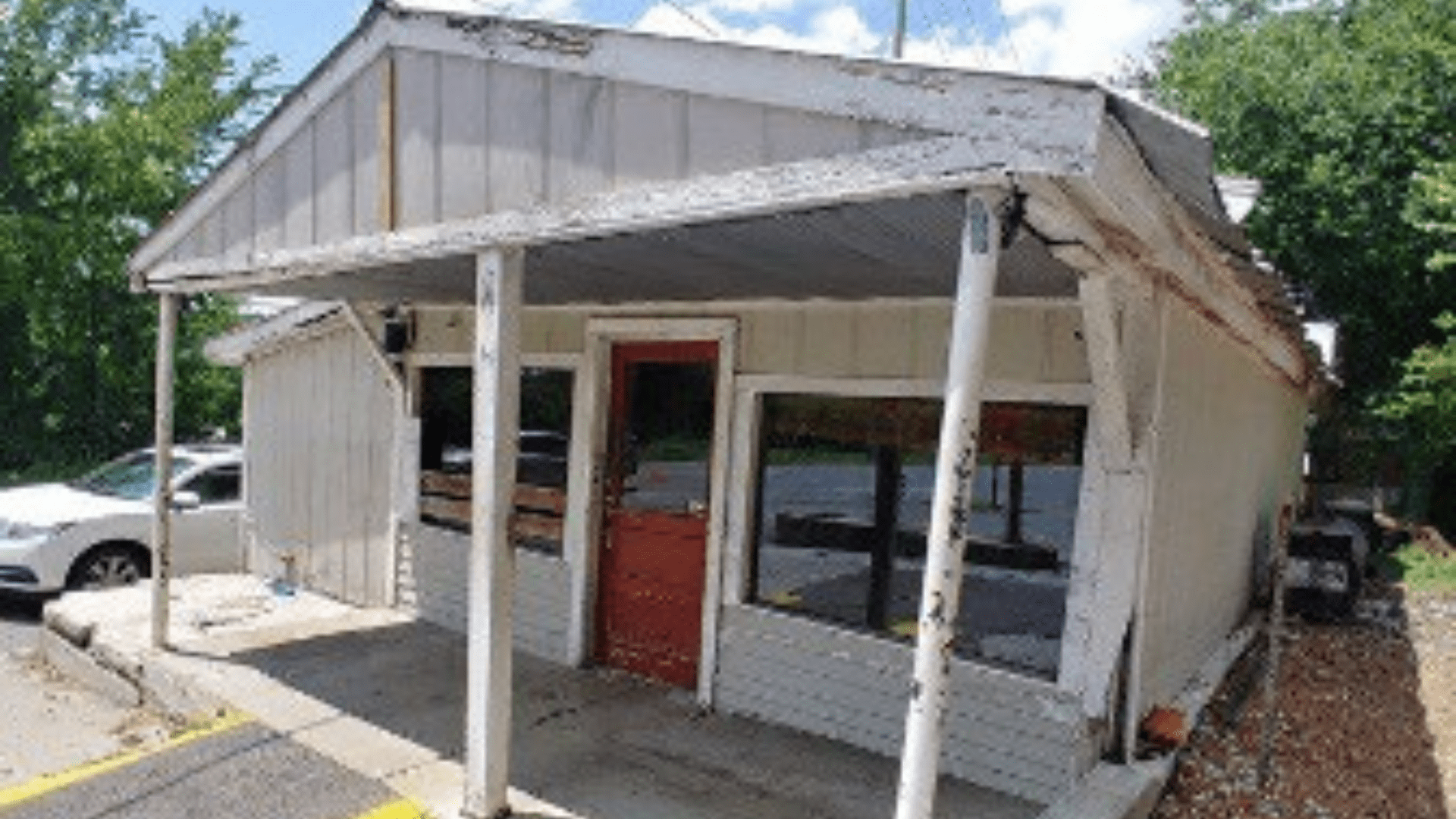
Commitment To Advocacy
Our Commitment
For each of the sites on the list, staff at the Heritage Foundation of Williamson County plan to:
- Attend relevant public meetings that involve the sites on the list.
- Consult with willing property owners and municipalities about the history of the property and offer insight on preservation and restoration.
- Connect willing property owners with construction and preservation experts related to the needs of the site.
Get Involved
The Heritage Foundation hopes the Sites to Save list will help make locals aware of the historic sites around them, as well as educate newcomers to the area. To donate to the Foundation’s preservation efforts, including supporting the Sites to Save program, visit WilliamsonHeritage.org/Donate.
Our Commitment
For each of the sites on the list, staff at the Heritage Foundation of Williamson County plan to:
- Attend relevant public meetings that involve the sites on the list.
- Consult with willing property owners and municipalities about the history of the property and offer insight on preservation and restoration.
- Connect willing property owners with construction and preservation experts related to the needs of the site.
Get Involved
The Heritage Foundation hopes the Sites to Save list will help make locals aware of the historic sites around them, as well as educate newcomers to the area. To donate to the Foundation’s preservation efforts, including supporting the Sites to Save program, visit WilliamsonHeritage.org/Donate.